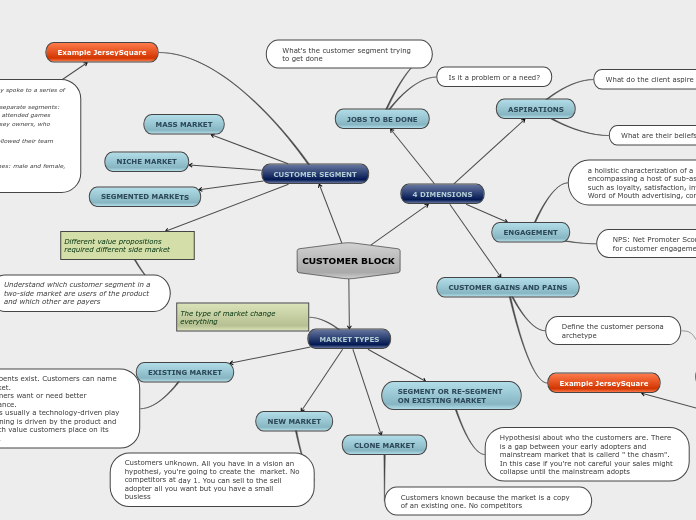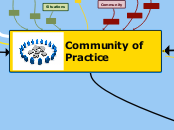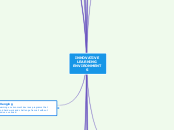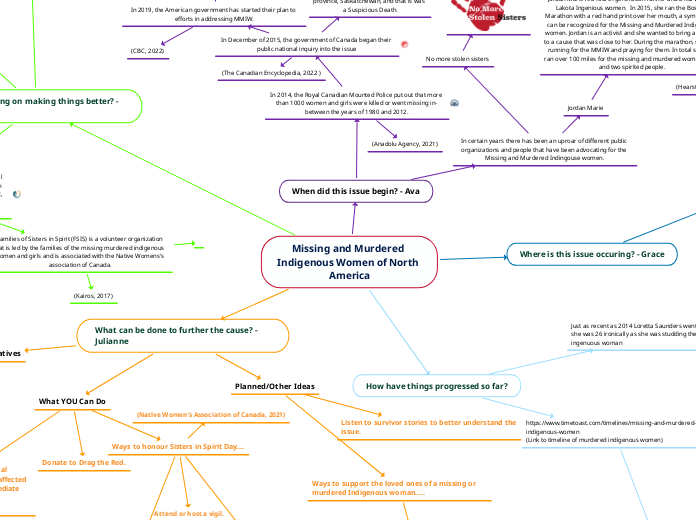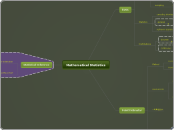da Ilaria Prandi mancano 4 anni
323
CUSTOMER BLOCK
Understanding different market types is crucial for successful business strategies. Segmented markets categorize clients based on their aspirations and beliefs, with aspirational customers seeing brands as reflections of their identities.
